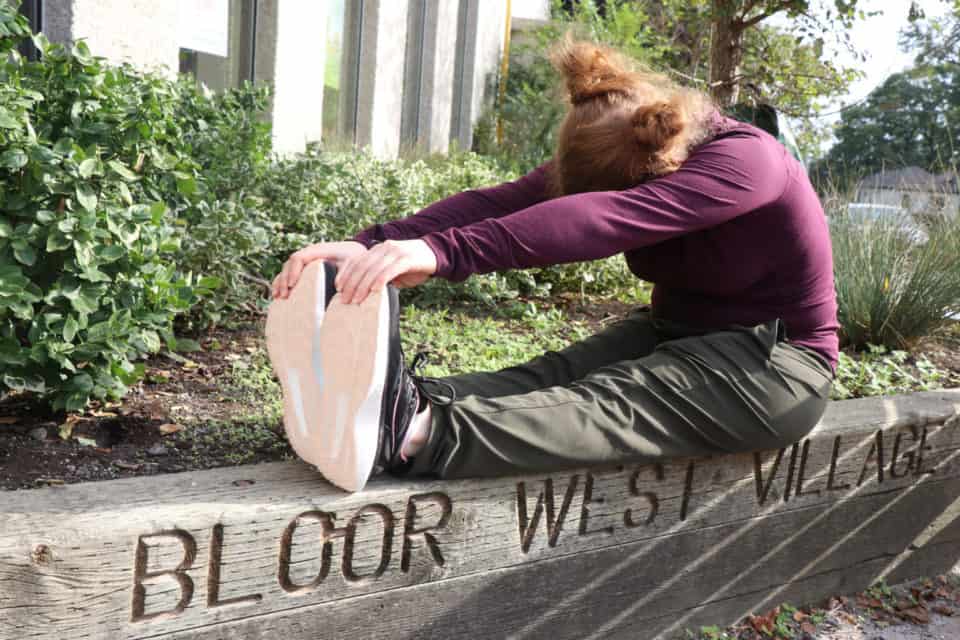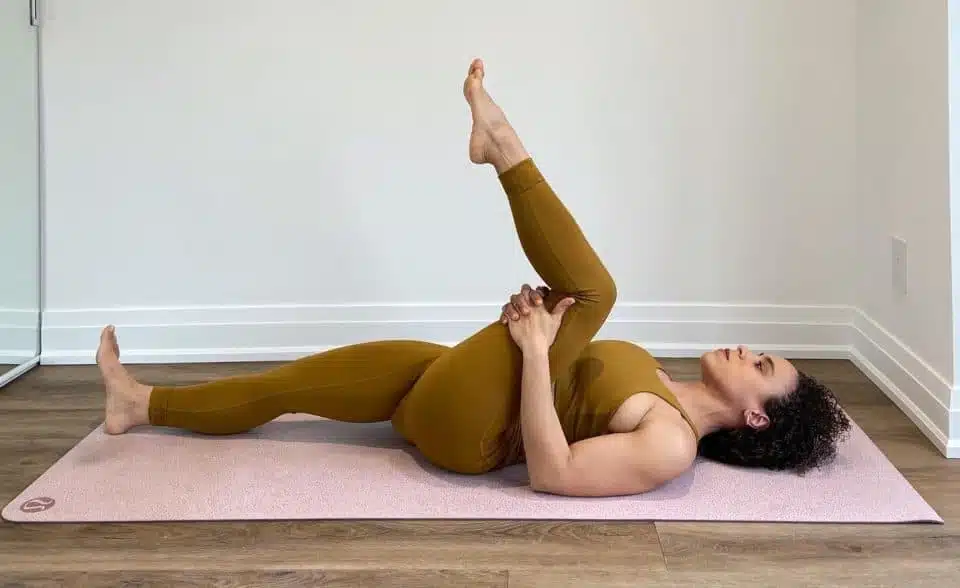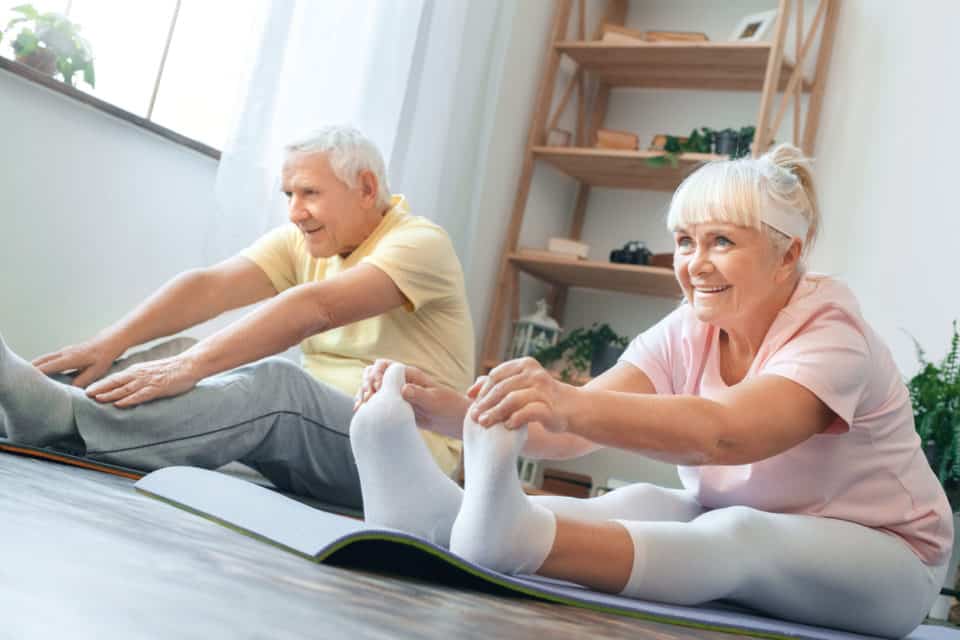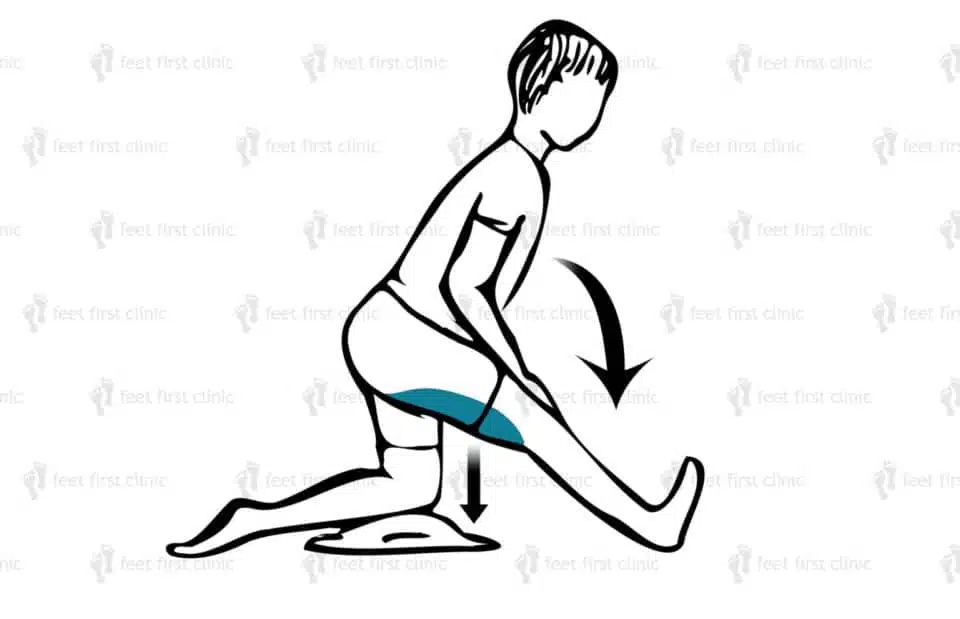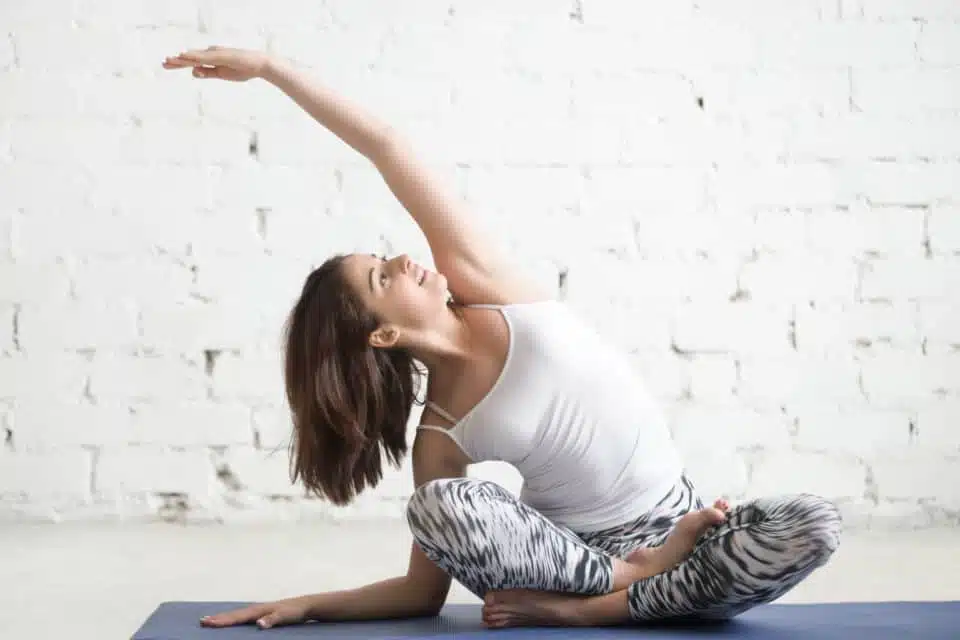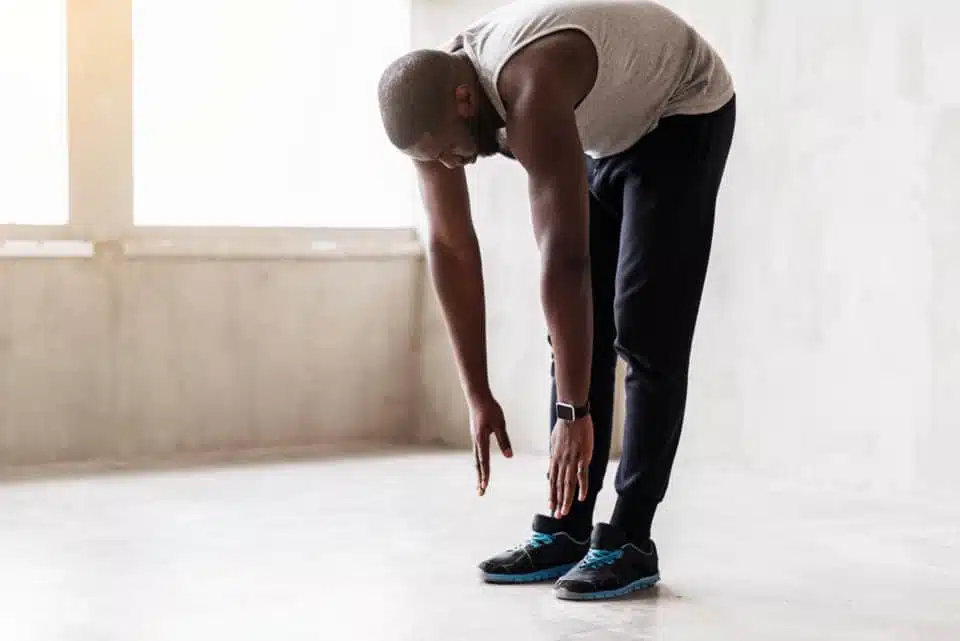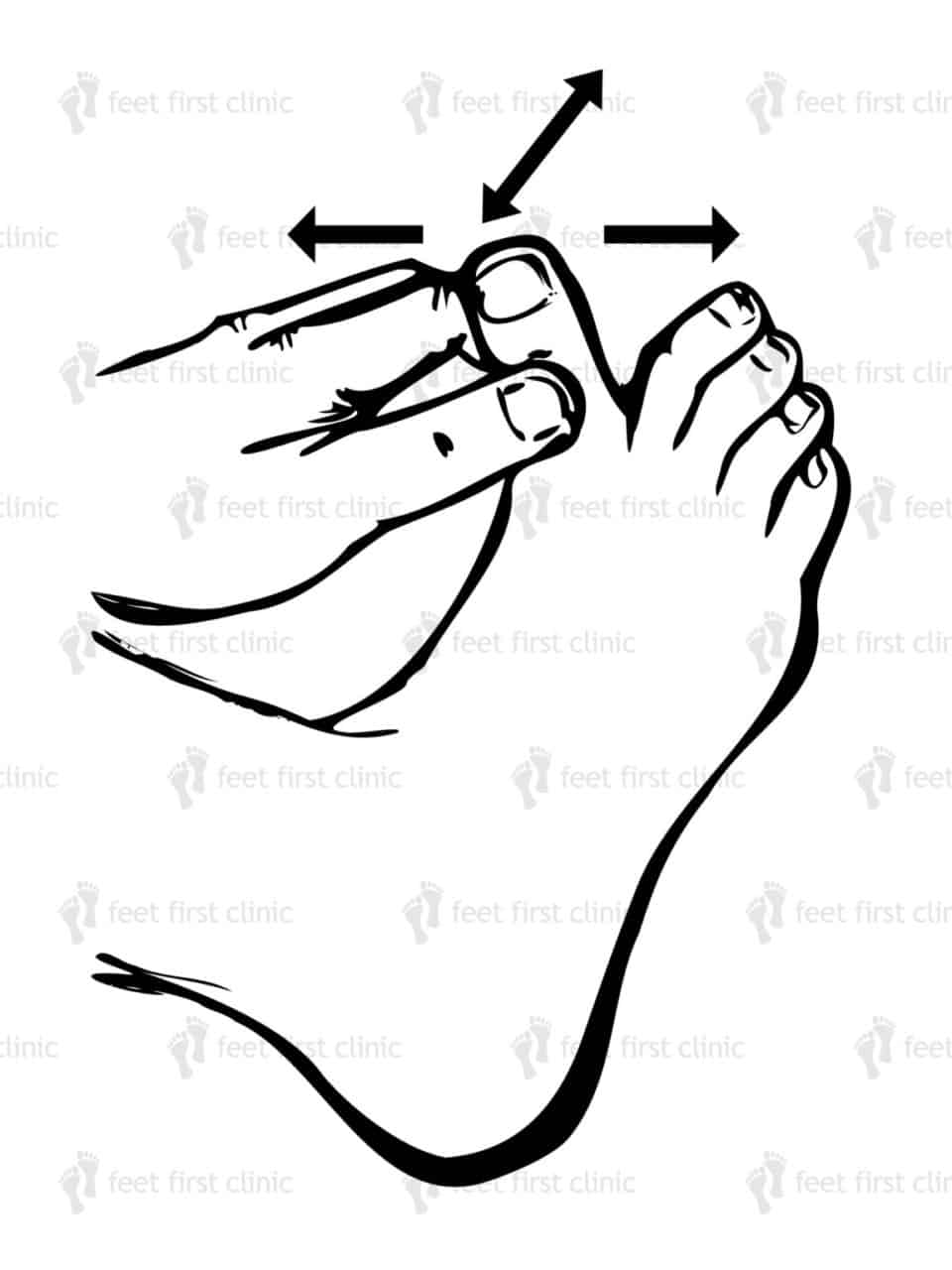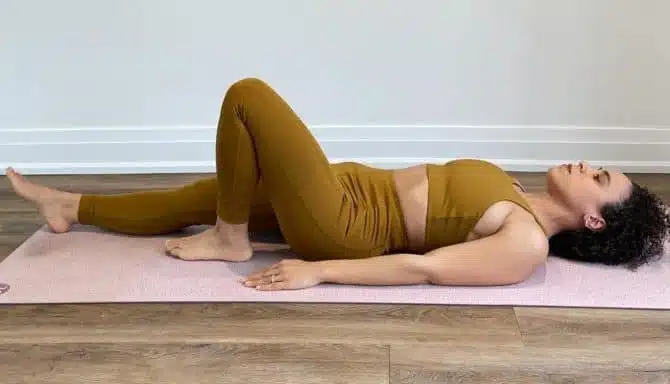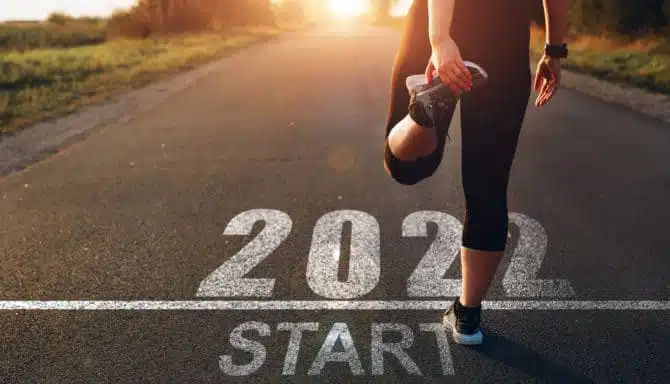Ever wish you could touch your toes more easily? Are you finding stiff muscles are getting in the way of your everyday activities? Or perhaps you’re enjoying your new full-body workout, but can’t get the hang of stretching afterwards? You’re not the only one! If this sounds like you, flexibility stretches may be the answer.
While stretching before and after exercise is one of the most important parts of an active lifestyle, it can also feel the most difficult. Sometimes flexibility feels impossible to achieve, and it seems like our bodies are limiting us.
However, there are ways to beat these obstacles with highly effective flexibility exercises. Not only do they lengthen and stretch your muscles, but they also help you achieve maximum range of motion, decrease stiffness, improve your balance and manage localized pain in different parts of the body, such as foot pain and back pain.
Why is Flexibility Important?
Flexibility gives us freedom of movement in our daily activities. The easier we can move our body, the less pain we feel and the easier we can perform our daily activities. Being more flexible also reduces your chances of sustaining an injury, which is extra important as you get older and have to be more mindful of hurting yourself. As you start to feel stronger and can move more easily, it can be a total mood booster.
Working on your flexibility simply makes you feel your best. Over time, you’ll notice less aches, pains and stiffness. Even if you don’t have an exercise regimen, simple stretches in the morning or at bed-time can go a long way towards improving your physical well-being.
Click here to learn more about the benefits of flexibility and stretching, and our top tips for safe stretching at home.
The Following Factors Can Impede Your Flexibility:
- Conditions affecting the joints, like different types of arthritis.
- Living a sedentary lifestyle
- Age
- Conditions that target connective tissues, like plantar fasciitis.
How To Improve Flexibility
It’s important to note that anyone can improve their flexibility. The simplest way to do that is by stretching regularly. To help you our, we’ve compiled 5 of our top stretches to improve overall flexibility.
If these stretches seem a little intimidating – don’t worry! They’re safe, can be easily modified, and are often recommended by medical professionals to help people with chronic pain and disabilities. Remember: stretches help with flexibility over time and involve practice and dedication. As long as you’re consistently making an effort, you’ll soon be able to move your body more fluidly than before.
Let’s get to it! Here are the top 5 best flexibility stretches:
- Hamstring stretch
- Hip flexor stretch
- Side bends
- Standing forward folds
- Big toe stretch
1. Hamstring Stretch
Hamstring stretches improve flexibility and range of motion in your hips. Over time, this stretch can make simple actions like bending over and walking less daunting as you get older.
Instructions:
- Start on your knees (you can place a towel or pillow below your knees so they don’t get sore).
- Place your hands on the floor in front of you (or wherever is comfortable for balance) while you extend one of your legs forward between your hands.
- Flex your feet (so your toes are pointed straight upwards) and try to hold the pose for 30 seconds, or however long you can manage before switching to your other leg.
Where You’ll Feel it: Hamstrings (back of our thighs). You may also feel it a little in your calves.
Modifications and Tips:
- Got bad knees? No worries! You can also do this stretch standing! Instead of starting on your knees 1) Stand straight, 2) Extend on leg forward in front of the other, 3) Flex your foot on your extended leg and gently lean forward until feel the stretch (If you can’t feel the stretch, try shifting your butt backwards as you lean forward). Check out the Pinterest link below for a full demonstration.
- Make sure your foot is flexed (toes facing up towards you) on the leg that your stretching, otherwise you won’t feel the stretch
2. Hip Flexor Stretch (Runner’s Lunge)
The simple runner’s lunge is an excellent way to stretch your hip flexors. The hip flexors stabilize our pelvis and spine, and when they’re tight, they can cause substantial mobility issues. Stretching the hip flexors helps keep them loose, which is crucial for performance enhancement and reducing your risk of injury (not to mention reducing pain!).
Instructions
- Put your hand on your hips and bend both legs (You can also put your hands on a wall or secure object for balance)
- Extend one leg in front with your front foot flat on the floor. Keep both legs bent and your back straight.
- Slowly push your hips forward while keeping your back straight (like a pelvic thrusting motion). As you move forward, you should feel the stretch in the front of your boy by the top of your thigh/groin/pelvic region.
- Hold for 30 seconds and repeat by switching legs.
Where You’ll Feel it: Hip flexors (front of the pelvis and groin area), top of the front part of the thigh
3. Side Bends
Side bends are all about spine flexibility and working the lower back and abdominal muscles. They lengthen these target muscles and improve balance, posture and core strength. You can do side bands while sitting or standing. We’ll explain them both:
Seated Side Bends
- Start with your legs spread out to the sides as far as possible. Don’t worry, you don’t have to do the splits! You can also cross your legs or sit on a chair instead.
- Reach your right arm high over your head and bend towards your left leg to the side. Hold for up to 30 seconds, or less during practice. Try your best to keep your hips stationary as you reach – otherwise you may not feel the stretch.
- Repeat with the other arm.
Standing Side Bends
- This version of a side bend is quite easy! Start in a standing position with your feet slightly apart.
- Interlace your hands and extend them overhead.
- Lean towards your side for a few seconds, moving back and forth and switching sides.
Modifications: If you’re having trouble balancing or feeling the stretch, plant the hand of your non-stretched arm beside you for balance and support.
4. Standing Forward Folds
Forward folds are one of the best flexibility stretches for both your spine and hips. They’re one of the most multi beneficial flexibility stretches and are a great way to stretch as much of the backside of the body as possible. They target your lower back muscles, glutes, quadriceps, hamstrings and pelvic floor muscles. They’re also a great way to practice touching your toes!
If you’re new to stretching, we recommend starting small and gradually working your way up. Here are the basic steps:
- While standing, extend your body downward and reach for your feet, calves or the floor. Keep in mind it may not be possible to reach down this far yet – just go as far as your body allows and what feels comfortable.
- Hold the position for a few seconds, taking deep breaths.
Tip: Start small and gradually work your way up.
Modifications: Practice makes perfect, and you can adjust this stretch to make it a little easier as you learn. You can do so by trying it with your knees bent or with a small stool in front of you, so your hands have a place to rest as you get used to stretching.
5. Big Toe Stretch
Your big toe has a lot of control over your feet, and it’s good to make sure it has a decent range and doesn’t become rigid. Neglecting your feet can also have several negative side effects, like poor balance, an inability to absorb shock from the ground, and difficulty holding weight.
The big toe stretch is a great way to improve and maintain flexibility and stretch in your toes – particularly around the first metatarsalphalangeal joint (the joint at the base of our big toe). As an added bonus, this stretch can help you feel better if you spend a lot of time on your feet with your toes cramped up in shoes (however, you should be wearing shoes with enough room in the toebox!).
Instructions
- Sit on the floor, chair or a couch
- Grab your right foot. You can do this by lifting your right leg and resting your right foot on your left thigh.
- Using your hands, move your big toe up and down and side to side.
- Hold your toe in each position for 5 seconds.
- Repeat 10 times before switching feet.
Modifications: Who says you can’t also give some love to your other toes? You can also do the same movements with the rest of your toes to work the intrinsic muscles in your feet and take flexibility to the next level.
